Mehrzad Saremi
Maximum Likelihood Estimation of Latent Variable Structural Equation Models: A Neural Network Approach
Sep 25, 2023Abstract:We propose a graphical structure for structural equation models that is stable under marginalization under linearity and Gaussianity assumptions. We show that computing the maximum likelihood estimation of this model is equivalent to training a neural network. We implement a GPU-based algorithm that computes the maximum likelihood estimation of these models.
A Critique on the Interventional Detection of Causal Relationships
Mar 26, 2020

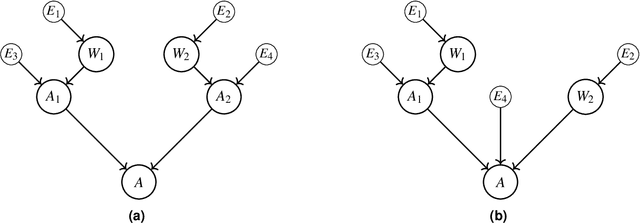
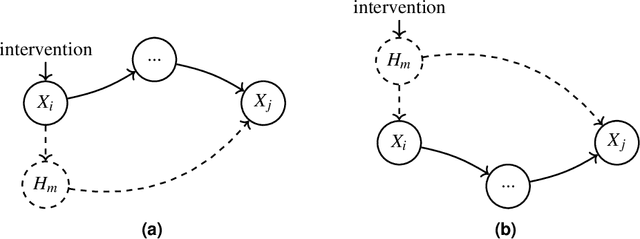
Abstract:Interventions are of fundamental importance in Pearl's probabilistic causality regime. In this paper, we will inspect how interventions influence the interpretation of causation in causal models in specific situation. To this end, we will introduce a priori relationships as non-causal relationships in a causal system. Then, we will proceed to discuss the cases that interventions can lead to spurious causation interpretations. This includes the interventional detection of a priori relationships, and cases where the interventional detection of causality forms structural causal models that are not valid in natural situations. We will also discuss other properties of a priori relations and SCMs that have a priori information in their structural equations.
Reconstruction of Gene Regulatory Networks usingMultiple Datasets
Dec 19, 2019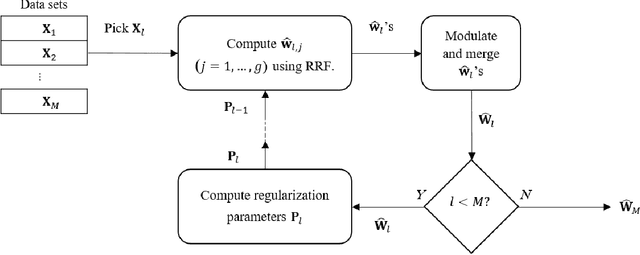

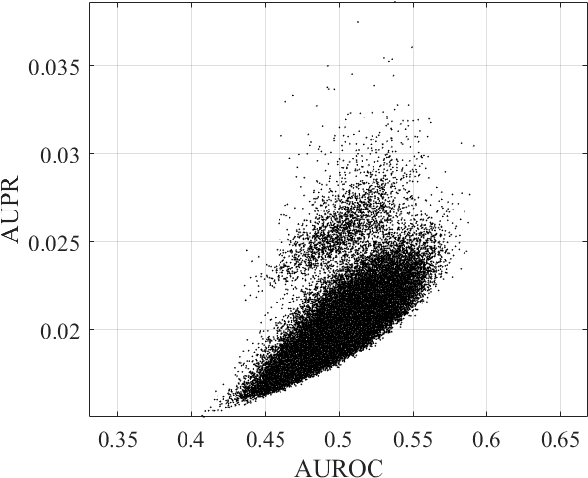
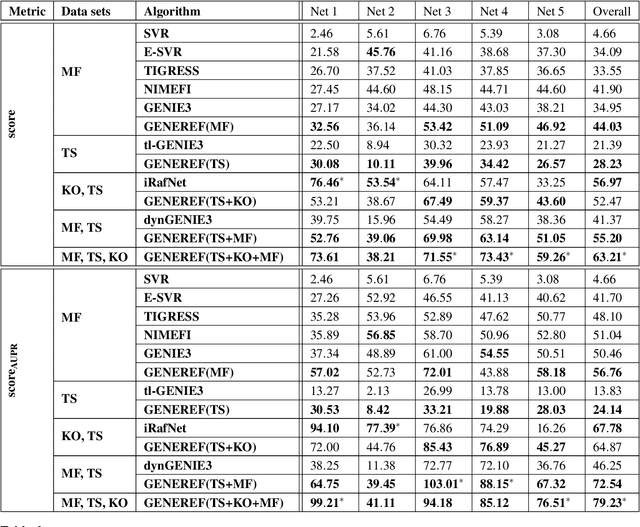
Abstract:Motivation: Laboratory gene regulatory data for a species are sporadic. Despite the abundance of gene regulatory network algorithms that employ single data sets, few algorithms can combine the vast but disperse sources of data and extract the potential information. With a motivation to compensate for this shortage, we developed an algorithm called GENEREF that can accumulate information from multiple types of data sets in an iterative manner, with each iteration boosting the performance of the prediction results. Results: The algorithm is examined extensively on data extracted from the quintuple DREAM4 networks. Many single-dataset algorithms and one multi-dataset algorithm were compared to test the performance of the algorithm. Results show that GENEREF surpasses non-ensemble state-of-the-art multi-perturbation algorithms on the selected networks and is competitive to present multiple-dataset algorithms. Specifically, it outperforms dynGENIE3 and is on par with iRafNet. Also, we argued that a scoring method solely based on the AUPR criterion would be more trustworthy than the traditional score. Availability: The Python implementation along with the data sets and results can be downloaded from \url{github.com/msaremi/GENEREF}
 Add to Chrome
Add to Chrome Add to Firefox
Add to Firefox Add to Edge
Add to Edge